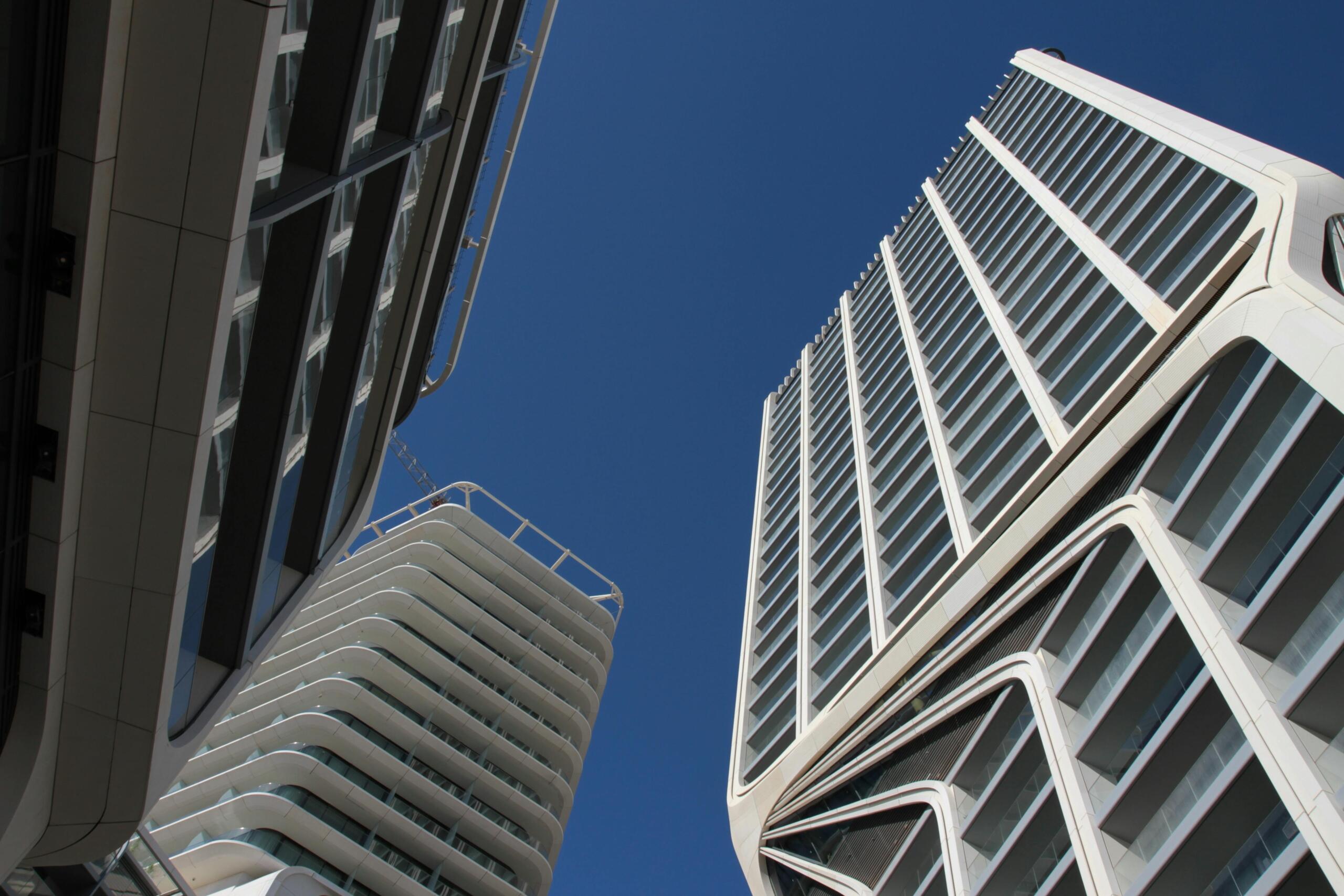Thinking about a math degree in an English-speaking EU country? Malta offers a compact system with clear routes from upper-secondary study to degree level. Because programmes are pegged to the Malta Qualifications Framework (MQF) and referenced to the EQF, admissions teams and employers around Europe can read your level at a glance.
Malta’s MQF levels are referenced to the EQF, so universities and employers across Europe can read your qualification level at a glance.

What you need at upper-secondary (MATSEC/SEC/A-Level equivalents)
For admission to degree-level mathematics in Malta, Advanced/Pure Mathematics (or a recognised equivalent) is the anchor requirement. Local applicants typically come through MATSEC/SEC; international applicants present school-leaving awards that are benchmarked to MQF/EQF so universities can judge level and content on a shared scale. Recognition and comparability are handled by MFHEA via its MQRIC function, Malta’s ENIC-NARIC centre.
The build is intentionally linear. Degrees assume fluency with upper-secondary algebra and core calculus, plus comfort with proof-adjacent reasoning, before the curriculum turns up the rigour at university.
Physics or IT isn’t always mandatory, but either subject strengthens an application and makes specialisation less abrupt. Because the University of Malta (UM) front-loads common study-units and then asks you to choose a stream, extra comfort with quantitative sciences or computing pays off once topics lean into modelling, numerics and algorithms.

How applications work in Malta (and English)
Unlike the UK’s UCAS, Maltese universities process applications directly. You’ll submit records showing the required subjects and grades (Advanced/Pure Mathematics or an accepted equivalent), a personal statement, and, if applicable, proof of English. For non-local awards, admissions consult MQRIC to map your credentials to MQF/EQF levels so local and international applicants are compared consistently.
At UM, the language of instruction is English. If you completed secondary education overseas, you must satisfy the English requirement, commonly IELTS 6.0 overall for undergraduates with specified sub-scores, or sit UM’s International Student English Test (ISET). Score reports are time-limited, so plan your test date to match your intake.
and description

Choosing the right programme and building a strong offer
Start from your destination and work backwards. Picture your “graduated self”: do you want proof-heavy theory, optimisation and modelling, statistical inference, or scientific computing, and in what mix? Then shortlist programmes that actually run the streams and study-units that build those skills.
- Content & streams: verify current unit lists and which third-year options truly run (not just appear in brochures). UM’s maths route places most compulsory study-units in Years 1–2, then opens four streams in Year 3.
- Entry bands: confirm the exact subject mix and any Special Course Requirements; track grade thresholds across your shortlist.
- Language & readiness: schedule your SELT/ISET early enough to retake if needed; refresh calculus, linear algebra and light coding so you start strong.
- Costs & time: plan beyond tuition, including materials, accommodation and, if you’re non-EU, residence-permit steps.
Selective courses read past minimums. Differentiate with a small modelling or data project, a tidy code notebook that explains numerical methods in your own words, or a run of olympiad-style problems that shows persistence. In your personal statement, link interests to a stream, for example optimisation for logistics, graph theory for networks, or stochastic modelling for finance. If one topic keeps blocking progress, a brief one-to-one with a Superprof tutor can clear it quickly without derailing your schedule.

Where to study in Malta
Malta’s landscape is compact. Maths degrees are primarily at UM; MCAST offers maths-heavy applied routes mapped to MQF levels; AUM provides English-taught programmes with published language thresholds. Before you choose, confirm provider status and programme details via MFHEA or the Malta Qualifications Database, then read current pages for streams, entry and English specifics.
University of Malta (UM)
UM is the public research university and the main destination for degree-level mathematics. Instruction is in English; overseas entrants typically meet the requirement with an accepted test, and UM also offers ISET. The maths pathway concentrates compulsory study-units in Years 1–2; in Year 3 you choose one of four streams: Applied Mathematics, Graph Theory & Combinatorics, Functional Analysis & Topology, or Biomathematics. These shape your final-year depth and project.

Malta College of Arts, Science & Technology (MCAST)
MCAST delivers applied routes where mathematics anchors engineering and ICT. Programmes carry explicit MQF levels and credits, which helps you plan staged progression, or use a diploma as a practical exit point toward industry. Engineering foundation and diploma outlines illustrate how maths and physics underpin technical routes.
American University of Malta (AUM)
AUM offers English-taught undergraduate programmes with minimum language scores, for bachelor’s entry IELTS 6.0 is a common floor, and reserves the right to request a recent test from any applicant. Score validity is typically two years. Always check the latest admissions sheet.
Life admin you should plan for
A degree is more than modules and grades. Build a practical plan so your studies stay front-and-centre.
Visa, residence, and work
Non-EU students on courses exceeding 90 days apply for a visa and, on arrival, an e-Residence permit. Malta permits part-time work up to 20 hours per week after the first three months of study, subject to Jobsplus licensing and sector conditions. Treat this as a buffer, not a funding strategy.
At the University of Malta, the language of instruction is English; undergraduates typically meet the requirement with IELTS or UM’s ISET.
Budget and location
Tuition sits within a band, but living costs vary by town and by commute. Budget for materials, transport, and permit fees if applicable; a realistic plan beats last-minute scrambles. Choose a city you can live in, not just a campus you admire. Your study rhythm, hobbies and support network all matter when deadlines stack up.
Offer strategy
Even if you meet published grades, popular courses can be oversubscribed. Mix ambitious choices with solid safety options so a single off-day does not sink your year. Keep a light contingency plan for retesting English if your first SELT score misses by a fraction.

What your degree will actually look like
Although titles vary, straight Mathematics or combinations with physics, computing, banking and finance, or philosophy, the through-line is the balance between shared foundations and targeted depth.
Early on, expect analysis, algebra, probability, linear algebra, numerical methods and computational foundations. Later, you select a stream and shape a capstone or project that demonstrates independence, technical writing and problem-solving. UM’s Year 3 options are Applied Mathematics, Graph Theory & Combinatorics, Functional Analysis & Topology, and Biomathematics. They let you signal a clear profile on your transcript without losing mathematical breadth.
A placement can harden skills and make your transcript read coherently, for example modelling plus numerics tied to a real brief. A semester or year abroad adds perspective and sometimes language exposure without changing your core mathematics. Weigh these choices against stream requirements so credits align neatly by graduation.
What’s the one skill you most need to strengthen before applying?














